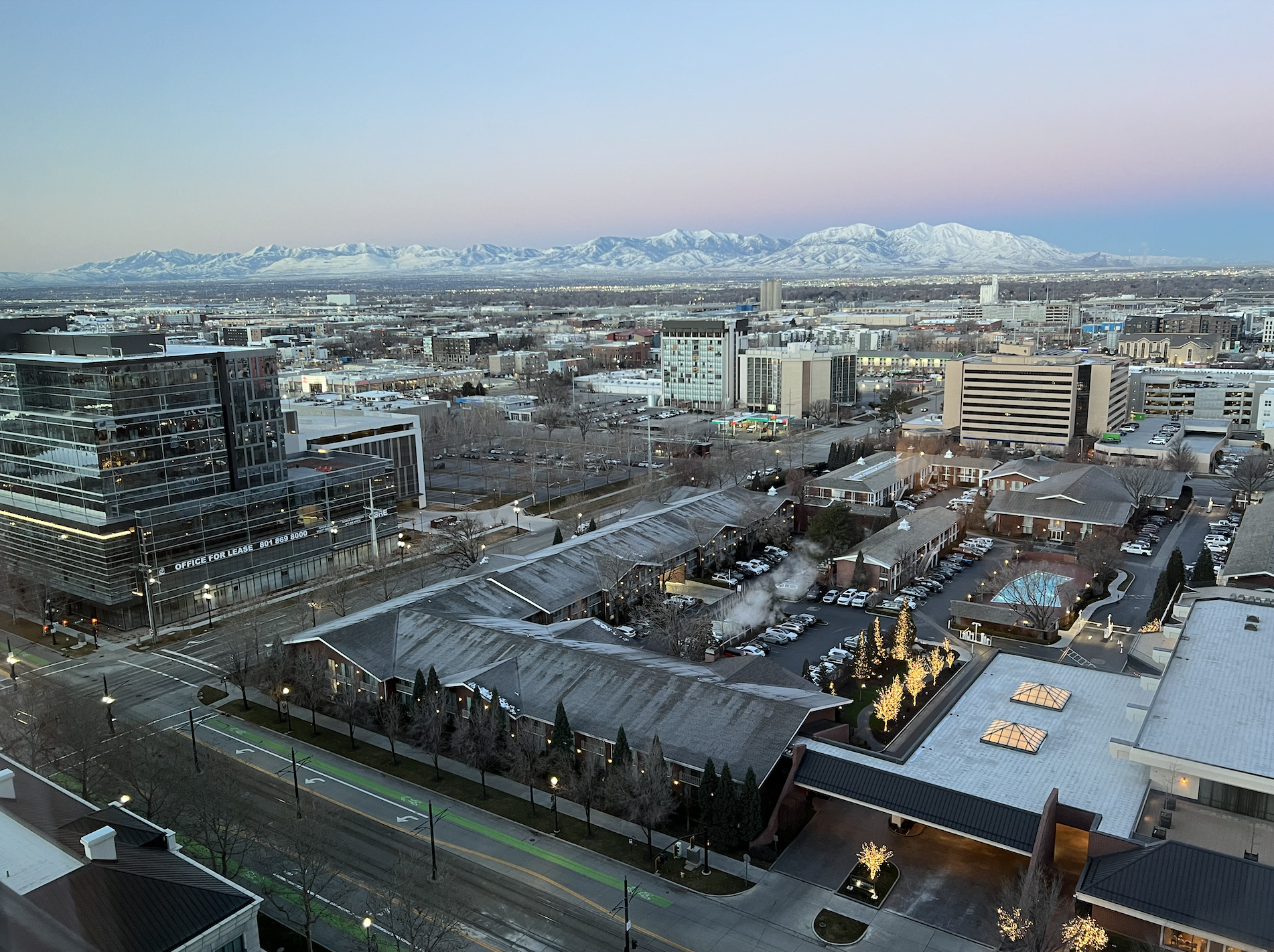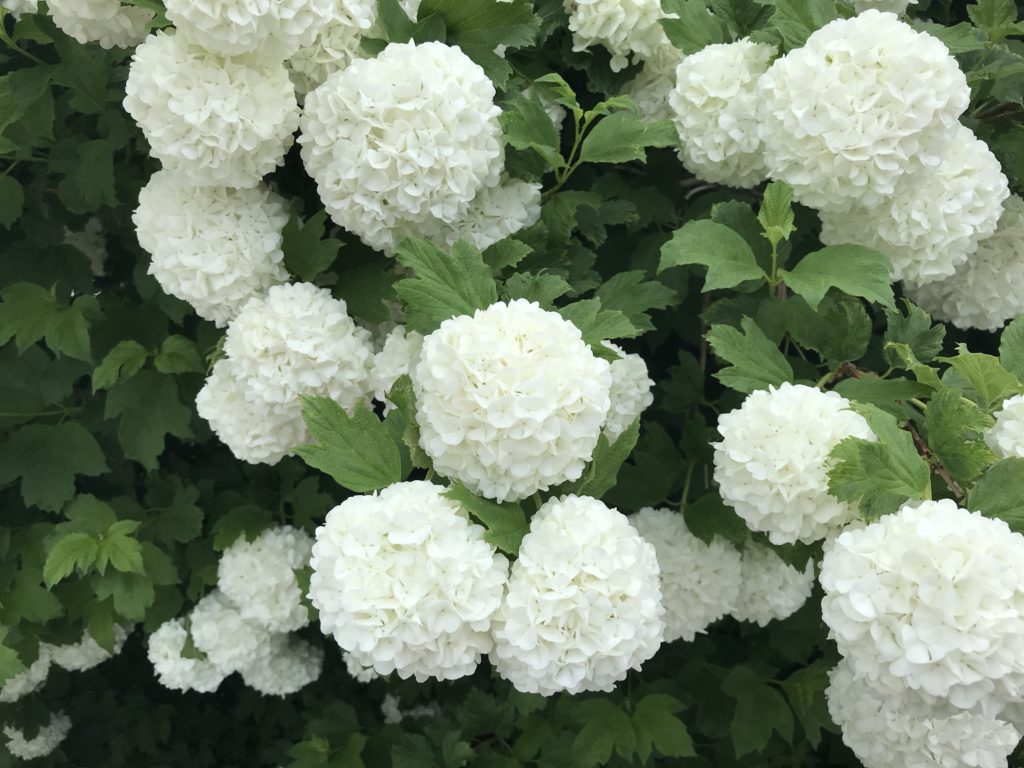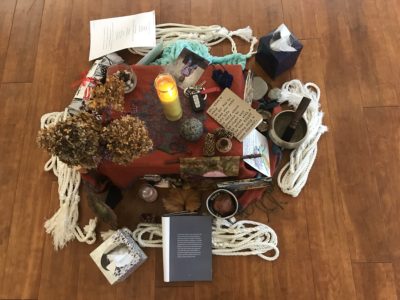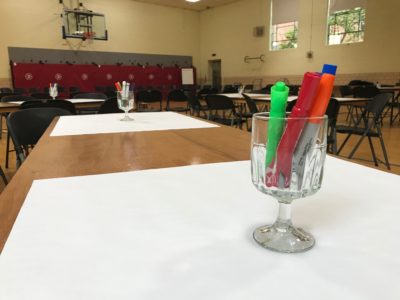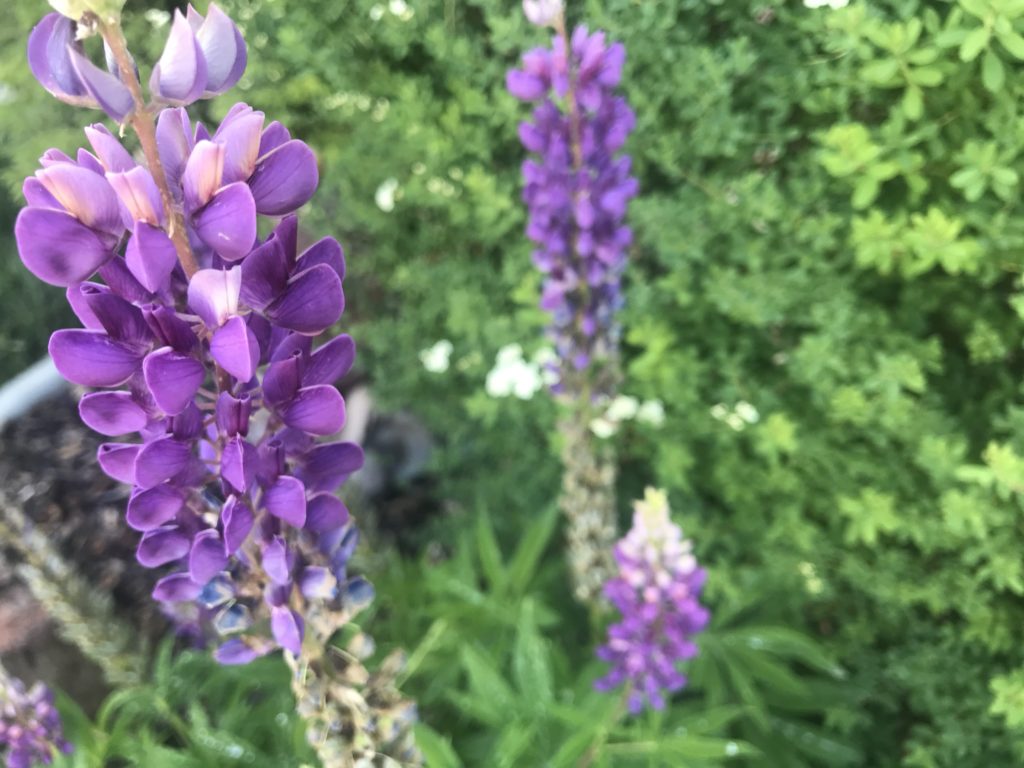
Lupines are one of my favorites. These particular lupines growing in my garden are about three feet tall, the top one foot of which flowers. Where I live the flowered top comes in early May and lasts for about a month. I do my best to encourage these lupines to grow and to give them room to reseed themselves. I post this picture here mostly because I love the lupine beauty in it. I also post this picture here because it’s not a stretch to admonish for beauty in groups of humans in varied task, production, and adventure together. “Beauty” is one of the narratives that deserves more attention and intention.
I’m convening several online classes on circle these days. One group is a client system I’m cohosting with Quanita Roberson, a system that works in some very tough and challenged settings. Two groups are open enrollment participants that I’m cohosting with Amanda Fenton, participants that also work in a variety of settings in which thoughtful listening and speaking are becoming more imperative. I would suggest that we are all trying to create more beautiful spaces together.
Quanita Roberson and I recently recorded a podcast, 23 minutes worth that we called, Circle Buffet. I was really hungry to follow a few threads of learning about circle as methodology and as way of being. The podcast has a bit on emergence. It has a bit on the importance of being circle and doing circle. It has an anchor in the importance of creating connection.
So, here’s to cultivating beauty amongst human beings in dialogue, learning, and connection. Here’s to making room to reseed. Here’s to reclaiming the tone and possibility of beauty, even in difficult and challenging circumstance.
